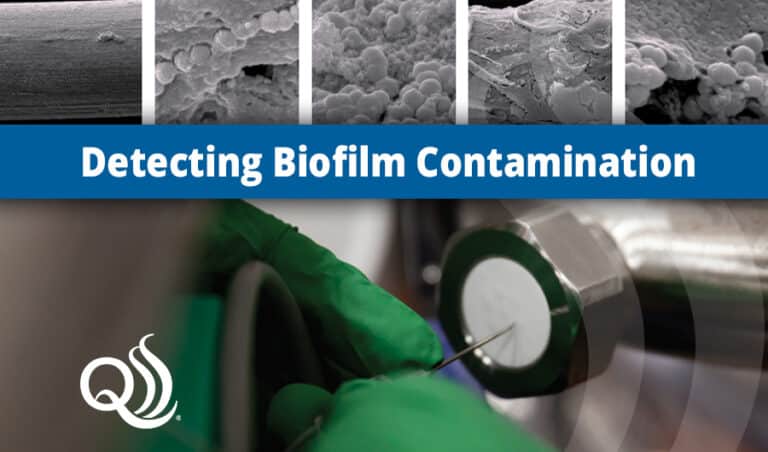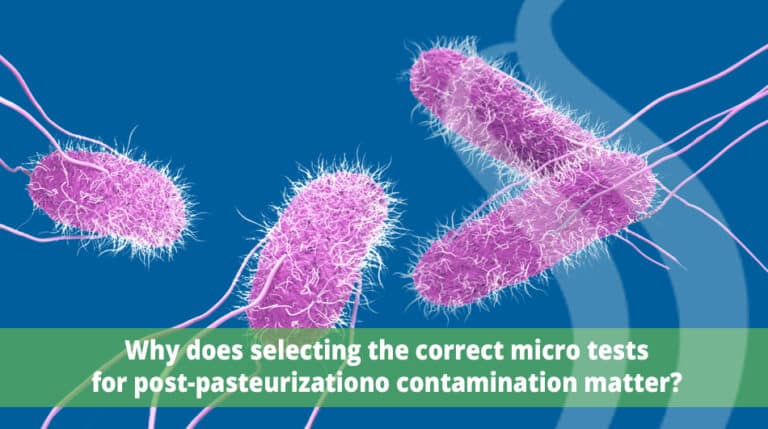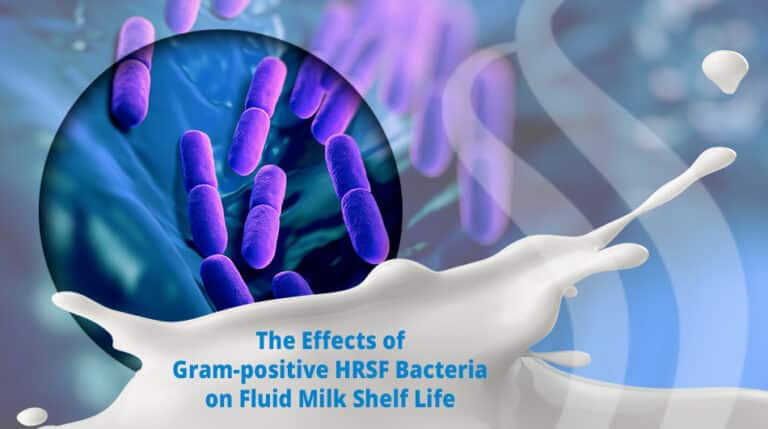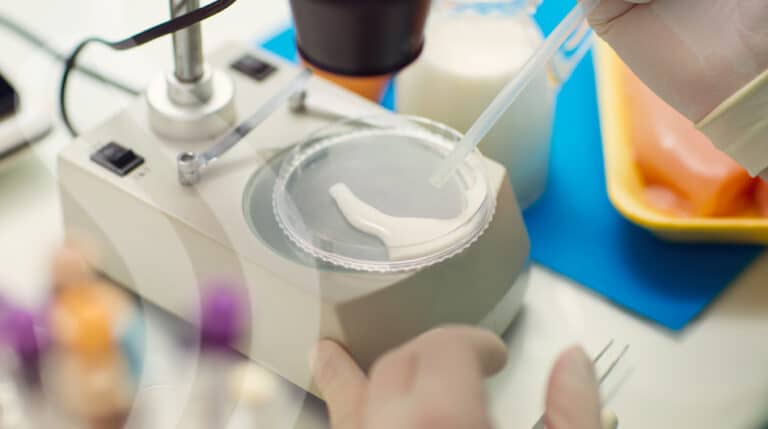Economics of Quality Assurance in Dairy Processing
A cost-benefit analysis of a well-conceived and carefully sustained quality assurance program for dairy processing is hard to pin down. Every month, the costs associated with maintaining quality assurance jump off the profit and loss statement, but the benefits are much harder to decipher. Still, when evaluating the economics of quality assurance over the long…










